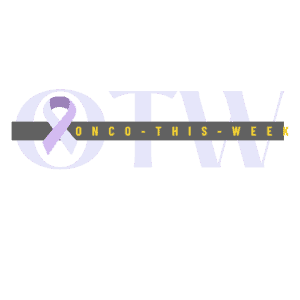Orphan Drug Designation Granted by the U.S. FDA to Nana-val for the Treatment of Nasopharyngeal Carcinoma

“This orphan drug designation highlights the urgent need for new targeted treatment options for patients with rare diseases such as nasopharyngeal carcinoma, which is highly associated with EBV,” said Mark Rothera, President and Chief Executive Officer of Viracta. “We are encouraged by the interim data from the Phase 1b/2 study of Nana-val in patients with recurrent or metastatic EBV-positive nasopharyngeal carcinoma, supporting the continued advancement of the study with a new split daily dosing regimen at higher doses. With sites open and enrolling the sixth dose cohort of the study, we are on track to expand into the Phase 2 portion in 2024. The growing clinical data in both the lymphoma and solid tumor settings, further validates the therapeutic potential of Nana-val to treat EBV-positive cancers, an underserved area of high unmet medical need.”
Share:
More News
Thomas Guérinier, CEO and Co-founder of Inside Therapeutics: “The collaboration with OSE and MiNT provides us with a fantastic opportunity to demonstrate the uniqueness of our technology for the development of mRNA therapies from early development through to clinical trials and GMP production. The HexARN project fits perfectly with our
Thomas Mehrling, MD, PhD, CEO and Director of Helix, said “As co-founder of the Laevoroc companies, I’ve had the privilege of seeing LEUMUNA and GEMCEDA evolve from early scientific concepts into differentiated, first-in-class therapeutic candidates with real potential to transform cancer care. Their integration into Helix marks a strategic consolidation
“At Boundless, we’re committed to delivering innovative therapies for patients with oncogene-amplified cancers through disciplined execution,” said Zachary Hornby, President and Chief Executive Officer of Boundless Bio. “By prioritizing the novel combination of BBI-355 and BBI-825, along with our exciting Kinesin program, BBI-940, we’re concentrating our resources where we see



